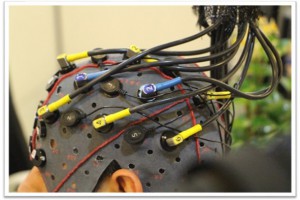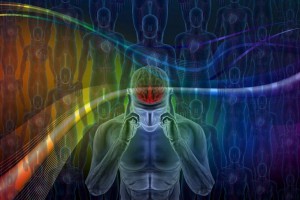Eight weeks of mindfulness training improves adolescents’ attentional control, study finds
A new study published in the Journal of Adolescence tested an 8-week mindfulness training program among a group of adolescent and adult females.
A new study published in the Journal of Adolescence tested an 8-week mindfulness training program among a group of adolescent and adult females. The results revealed that both teens and adults showed improvements in reorienting their attention following mindfulness training.
Adolescence is a period of continued brain development, which includes improvements in cognitive control and emotion regulation. It has been proposed that mindfulness training (MT) might help adolescents cultivate these skills. But while MT has been found to improve cognitive control and emotion regulation in adult samples, its effectiveness among youth is less clear.
Since adolescence is marked by heightened emotional reactivity, mindfulness training might be particularly beneficial for this age group. On the other hand, with fewer attentional resources than adults, adolescents might not be fully capable of benefiting from MT. Study author Iroise Dumontheil and her team set out to explore differences in how adults and adolescents would respond to the same mindfulness training.
The researchers tested an 8-week mindfulness training among a final sample of 26 adolescents (aged 12 to 14) and 17 adults (aged 23 to 33). The participants were randomly assigned to receive a mindfulness training or a relaxation training (RT) that served as an active control condition. Both trainings involved 8 weekly lessons of 90 minutes each, which were led by an experienced instructor and included a discussion component. Participants also completed at-home exercises on a daily basis. The results revealed that participants in the mindfulness training group showed improvements in attentional control following the training, while the relaxation group did not. Specifically, the difference in their reaction time to invalid versus valid cues decreased, meaning that participants got better at reorienting their attention. Notably, the results were statistically similar for the two age groups, suggesting that adolescents and adults saw similar attentional control benefits from the MT.





Related Posts